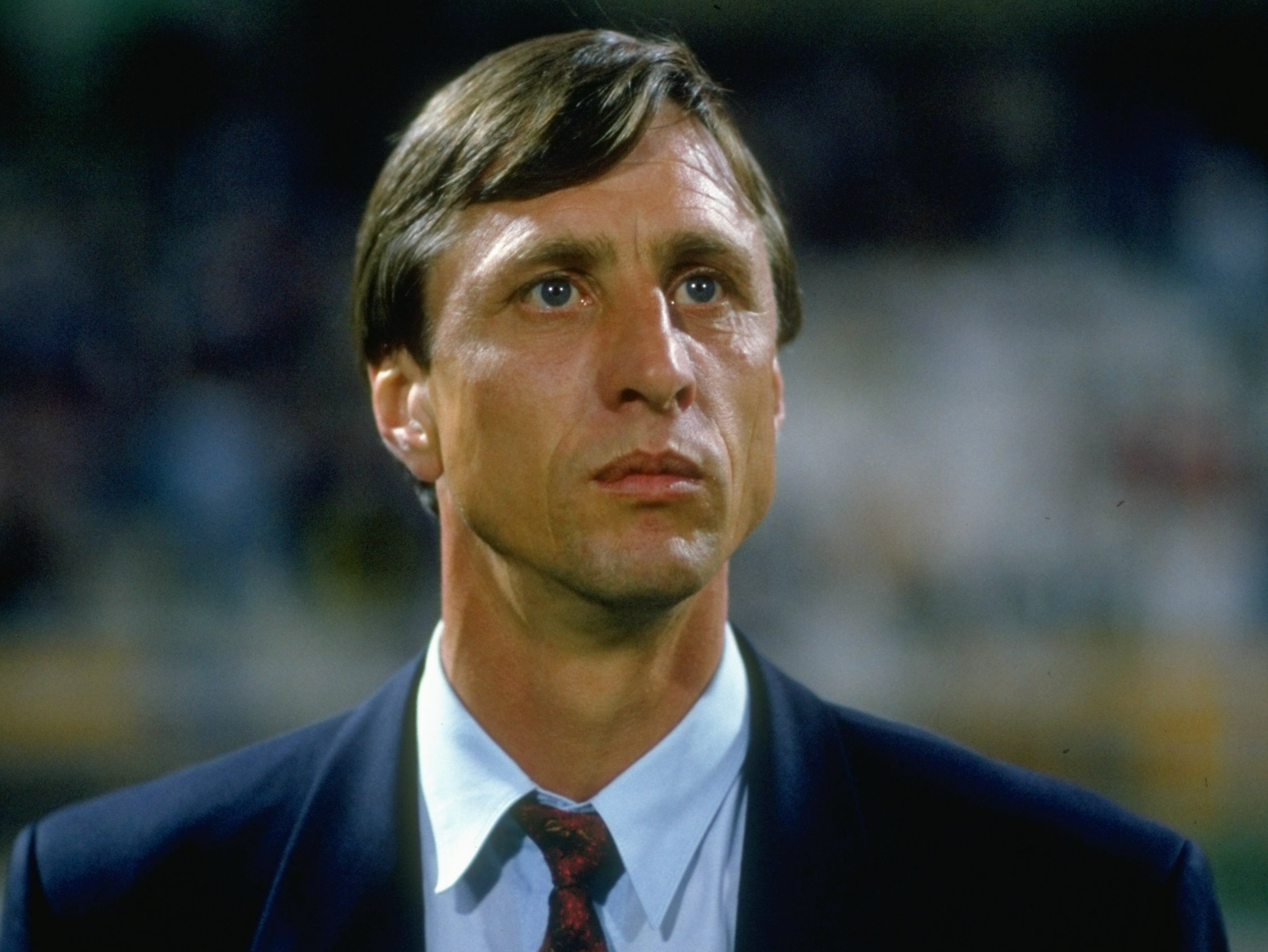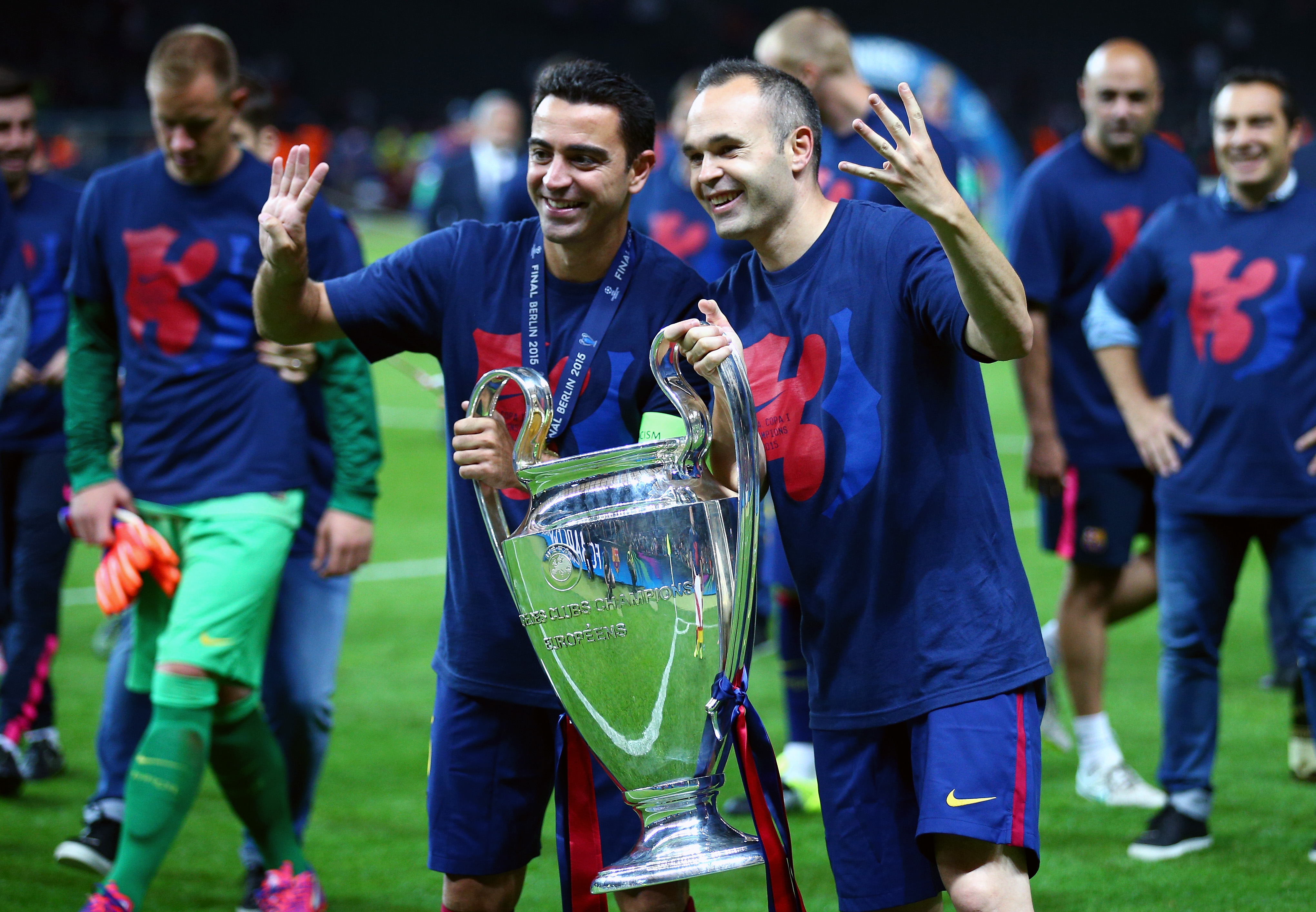Barcelona’s famed youth academy, La Masia, is more than just a training ground. It’s a philosophy, a way of life, and the heartbeat of one of the biggest clubs in world football.
Think of tiki-taka. Think of the golden era of Barcelona, or Spain’s 2010 World Cup triumph. Think of Xavi and Andres Iniesta. Whether you realise it or not, you’re also thinking of La Masia.
Founded in 1979 and housed in a 17th-century farmhouse next to the Camp Nou until its relocation in 2011, the academy has developed a staggering number of world-class players, including Xavi, Andres Iniesta, Sergio Busquets, Gerard Pique, and of course Lionel Messi, who ranks at no.1 in FourFourTwo’s list of the greatest players of all time.
You may like
But La Masia isn’t just about producing technically gifted footballers – it’s about shaping individuals.
The academy puts emphasis on humility, and footballing intelligence. Young players are taught to read the game, not just play it.

All the way down to under-10s through to the first-team, there’s a consistent style of play and training that allows for seamless transitions, as shown in Pedri, Gavi, and Pau Cubarsi’s recent breakout campaigns.
Lamine Yamal, who is 5/1 to win the 2025 Ballon d’Or, is also a graduate of the famed academy.
The results speak for themselves. In 2012, Barcelona made history when they fielded a starting XI entirely made up of La Masia graduates – a first in football history. La Masia also became the first youth academy to have trained the top three of the Ballon d’Or in 2010 – Messi, Iniesta and Xavi.
There are few, if any, academy’s in world football that can claim to match La Masia’s level of talent output. There are no signs of the notorious academy slowing down either – a scary proposition for clubs across Spain.
Barcelona expert Graham Hunter: La Masia is simply ‘the farmhouse’

“La Masia is always just the farmhouse. That’s really all it means.
“And La Masia is the place where they stayed. It’s really called, you know, either the academy or football base. Not all the great talents, even the younger talents, stay at what is now the La Masia.
“It’s empty at the moment, you know, while Camp Nou has been redeveloped, but it’s where young kids would stay. They’d stay in a building which might still be called La Masia, but it’s just a, you know, a small multi-story building that’s the training ground.
“So it’s football base or or the academy that is genuinely, I think, a modern phenomenon.”










